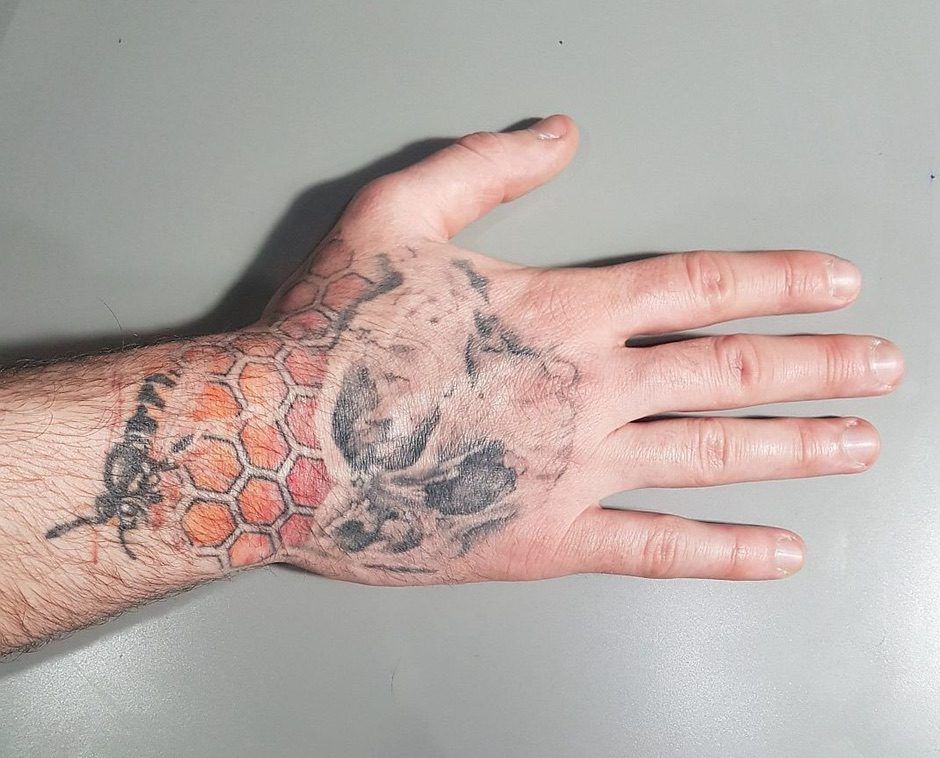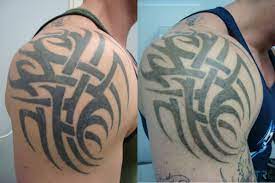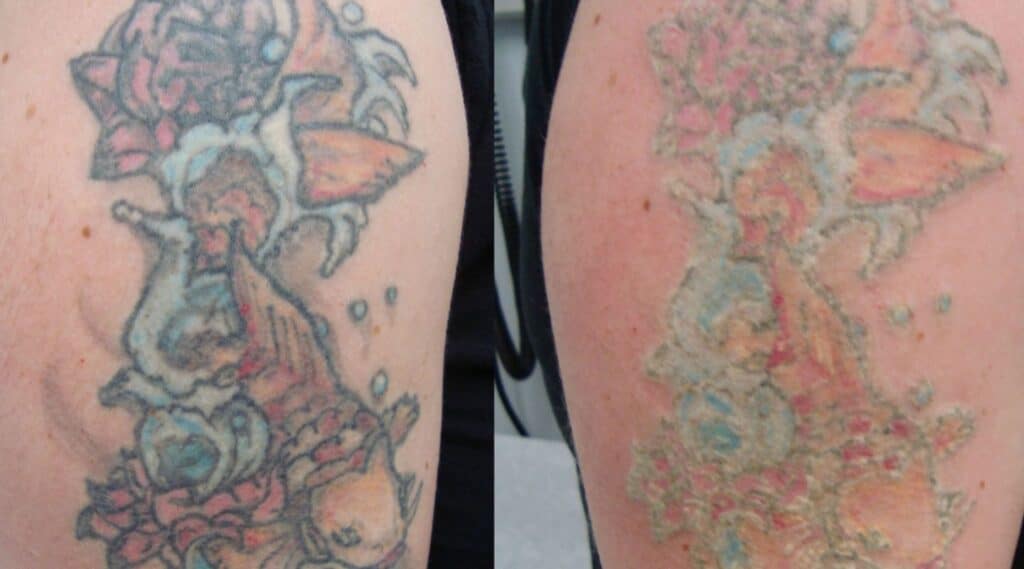Featured image credit: vegantattoostudios.com
We've all experienced it: that bright red shirt slowly turning pink, the vibrant colors of a mural fading into pastels, or the rich hues of a once-vibrant tattoo becoming dull. But why do colors fade?
It's not just the passing of time; various environmental and chemical factors play a significant role. Let's unravel the mystery behind fading colors.
Tattoo Fading: Reasons
Tattoo fading is a problem that must be addressed effectively from the start if you want the tattoo to continue to thrill you. The natural shedding of human skin is strongly related to the tattoo fading process.
Unfortunately, color tattoos are considerably more likely to fade. The quality of the pigments, the type of skin, the location where the tattoo is put, the skill of the tattoo artist, and the tattoo's aftercare all have a role in how long this procedure takes.
Practice has shown that light and pastel colors , such as pale blue, pale pink, and so forth, lose their saturation the fastest. These colors are used the most frequently in watercolor tattoos, which are created without the use of dense staining and with a lot of paint dilution to maintain the tattoo's airiness.
Yellow, orange, and green colors come next. Additionally, these hues are greatly influenced by the unique qualities of human skin.
Some people's skin's yellow color lasts for many years without changing, while others see it virtually vanish without a trace.The skin responds well to deep, saturated hues like blue, red, brown, and purple.

Source: inkppl.com
Tattoo fading can be attributed to a number of different factors
THE STATE OF THE USED PIGMENTS' QUALITY
The actual tattooing method matters. When a pigment is injected too shallowly into the skin, it quickly leaves the skin and fades and dulls the colors of the tattoo.
If the pigment is injected too deeply, it won't adhere to the skin and the tattoo begins to bleed.
LOCATION OF THE TATTOO
It's crucial to realize that a tattoo on moveable skin, such as the palms, fingers, feet, or elbows, is less durable than one on the forearm.
The tattoo loses its color richness and the purity of a picture since the skin in these moving places is regenerated much more frequently.
In light of this, if you decide to get a tattoo on your palm, be ready for periodic repairs or the possibility that it will change drastically over time.
THE SUN
When ultraviolet rays penetrate the skin and destroy the pigment, the tattoo is left in a terrible condition.
You must totally shield the tattoo from ultraviolet radiation after the first session and until it has healed completely.
How to Prevent Tattoos from Fading

Source: andrewjameshair.com
Thankfully, some preventive methods are effective in lowering the likelihood of fading.
GET A TATTOO WITH HIGH-QUALITY INK
Just as crucial as the color chosen for a tattoo is the ink's quality. An inferior ink might not last as long.
This is a health issue in addition to a fading worry. Higher-quality ink, on the other hand, has colors that last longer and has a better chance of healing.
TATTOO PLACEMENT
No matter how high-quality the tattoo ink is, certain body parts are more prone to tattoos fading quickly than others.
If you get your tattoo in a location where it will experience greater friction or rubbing against something, you will observe such fading in just a few years (like your skin or fabric).
Consider the least-frictioned parts of your body when choosing the location of your tattoo; for instance, a tattoo on your collarbone will last longer than one on your arm.
PREVENTING SUN DAMAGE
One of the main causes of tattoo fading over time is exposure to sunlight. Avoid the sun at first after getting a tattoo until it has totally healed.
Your skin is protected, and the likelihood of ink fading is significantly reduced when you use a high SPF sunscreen.
USE MOISTURIZER
How can you maintain healthy, youthful skin? You apply lotion! Your tattoo follows the same rules. Longer-lasting color and boldness are maintained by well-moisturized tattoos.
It's scarcely a burden to moisturize your tattoos as well since most of us already do our hands and faces. The tattoo balm from Lucky 13 is made with all-natural components to hydrate and maintain healthy skin.
Hopefully, you now have a better understanding of the majority of the variables that contribute to tattoo fading.
By keeping in mind some of the tips above, you can help to ensure that your tattoo looks fantastic for years to come.
Looking for more tattoo inspiration? Check out our other articles:
- Tribal Dragon Tattoo Ideas - January 13, 2024
- Anchor Tattoo on Hand - August 17, 2023
- Anxiety Tattoo Ideas - August 15, 2023

